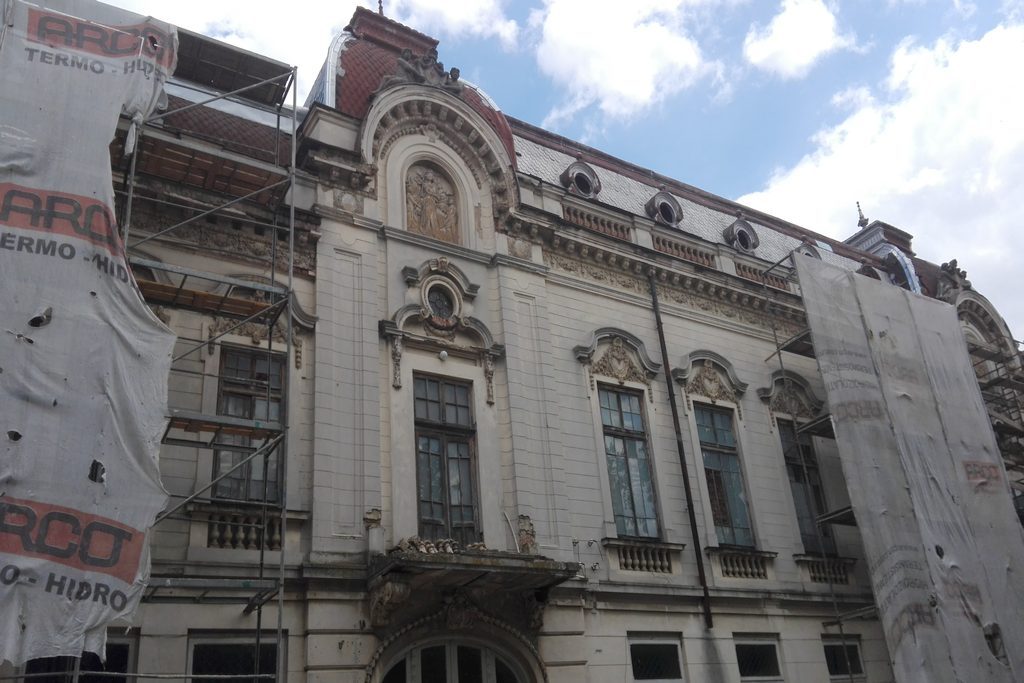

The museum was founded in 1951 with a mixed profile: history, ethnography, natural sciences. The building is a historical monument, built in 1907. The museum exhibition is divided into two sectors: folk art and ancient history. The richness of the settlement beginning with traces of Neolithic to the Middle Ages has always fueled the museum heritage.
The collections contain archaeological pieces, weapons, tools, household utensils, pottery, ornaments, coins, bronze statues marble tombstones, architectural pieces, epigraphic pieces of remarkable quality, Byzantine treasures. To those are added pieces of science of nature, paleontology, flora and fauna in the area. Also, a selective collection of ethnographic and folk art, including tools and utensils related to agriculture, fisheries, livestock, traditions, costumes. The first document of the city dates from 1596 but on its area were found traces of habitation since Neolithic. There was a strong Daco-Roman settlement named Sucidava and a bridge over the Danube built in the reign of Constantine the Great. Sucidava was destroyed by the Avars around 600. The ancient Dacic settlement of Suci, hence the name of the citadel bears traces of human existence since the Neolithic Age, specifically the fourth millennium BC, an outlined era here in southwest Oltenia by Culture Vădastra that characterized the area between Jiu, Olt Danube. Then Neolithic house discovered on the plateau of the city, highlights a culture that the specialists called Cultura Celei, which excels through a piece of fabric with the look of sackcloth, which is currently unique in southwest Europe.
Settlement development was done especially after 1829 on account of port activity, mainly dedicated to export grain. In 1864 beginsthe construction of new port called “Prince Mircea”.
Corabia town was established by royal decree on 11 December 1871 through the merger of settlements Daseva, Corabia and Celei. Only a few years away, it would play an important role in the War of Independence, here being built the pontoon bridge over which the Romanian armies passed in August 1877 and here, also, being formed the army headquarters. Corabia became a town in 1881. In 1887 ins built the railroad Valcea-Piatra Olt-Corabia, which will further boost the development of the city.
